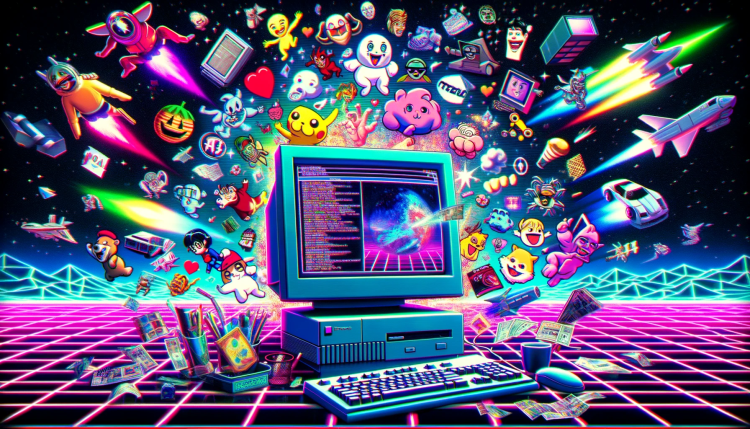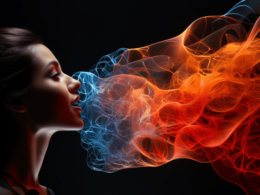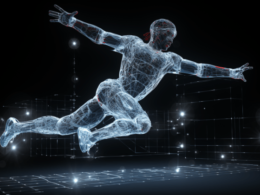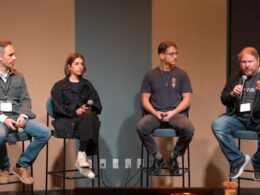Memes have been a ubiquitous part of the internet since its early days. From dancing babies to funny catchphrases, these short bursts of humor have entertained and connected people across the globe. However, with the emergence of generative AI technology, a new category of memes has emerged – ones created using AI art tools. In the past few months, I have observed four significant trends in this emerging landscape, each with its own unique promises and pitfalls.
Expanding the Horizons of Humor and Entertainment
Generative AI technology has rapidly gained popularity among consumers, who are using it for humor and entertainment purposes. This trend not only familiarizes people with AI tools but also encourages them to seek similar tools in their workplaces, akin to the BYOAI (Bring Your Own AI) movement. Just as the iPhone revolutionized the business world with its touchscreen technology, generative AI memes are poised to revolutionize how brands connect with their audience online.
“Generative AI memes are here to stay and are poised to only increase in raw numbers, likely dwarfing memes created by other means in the near future.” – AI Influencer
Organizations and enterprises have recognized the power of memes in promoting their brands and products/services. While some attempts have been successful, others have resulted in controversy. However, with the rise of generative AI memes, brands have an opportunity to stay relevant and captivate their audience.
The Rise of AI-Infused Memes
One of the newest and most intriguing examples of generative AI memes involves ChatGPT and its DALL-E 3 image generation capabilities. Users have engaged in conversations with the AI chatbot, instructing it to create images that capture various emotions. The progression from the initial prompt to the final abstract image has captivated users and sparked philosophical reflections on the limitations and interpretations of human emotions by AI models.
“The progression of AI interpreting human emotions and seeking to maximize them in a visual format reflects the limitations of machine imagination based on human-generated training data.” – AI Enthusiast
What started as a single example has now turned into a trend, with users exploring maximalist versions of various emotions and concepts. However, Microsoft has put a stop to the Pixarification trend on its Bing Image Creator, which also utilizes OpenAI’s DALL-E 3. These memes, characterized by childlike Disney/Pixar animation paired with adult and controversial subject matter, generate a unique sense of humor from the juxtaposition.
“The humor in this meme comes from the juxtaposition of childlike animation style and adult and often unsettling news stories.” – Internet Culture Analyst
While some individuals find these memes entertaining, others raise concerns about their appropriateness and potential racial implications. Brands should exercise caution when participating in this trend to avoid unintended consequences.
Animated Memes: Breathing Life into the Static
With the advent of generative AI video tools, static memes from the pre-gen AI era can now be animated effortlessly. Memes featuring popular characters, such as Peter Griffin from Family Guy or Mario from Super Mario Bros., have been given a new twist with added motion effects. These animations, both eerie and entertaining, offer a “brand-safe” way for creators to engage their audience.
“Animated memes breathe new life into classic content, offering a fresh and engaging experience for viewers.” – Digital Content Expert
As AI-generated content continues to permeate the web, society is witnessing a future where the majority of online content will be AI-generated. The implications of this for humanity are yet to be fully understood, but one thing is clear – AI-generated content is here to stay, and it is challenging to distinguish it from real photographs.
“We’re headed toward a future where the overwhelming majority of content on the web is AI generated.” – AI Researcher
While concerns about low-quality AI-generated content exist, there is also immense potential for fascinating artworks created with generative AI. The impact of this technology ultimately depends on the choices individuals make when using it. Art and content, much like humor, are subjective, and there’s no accounting for taste.
“Generative AI offers a new frontier for artistic expression, giving rise to captivating artworks that push the boundaries of creativity.” – Art Critic










